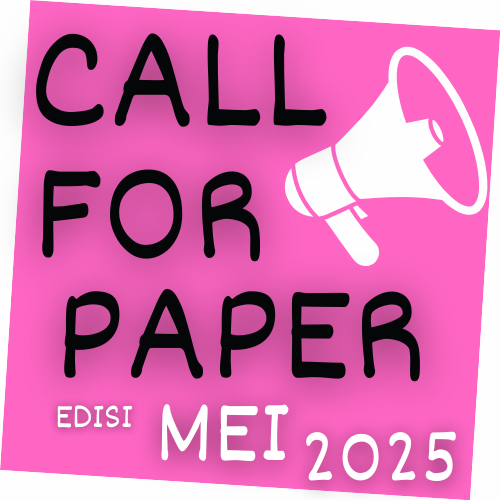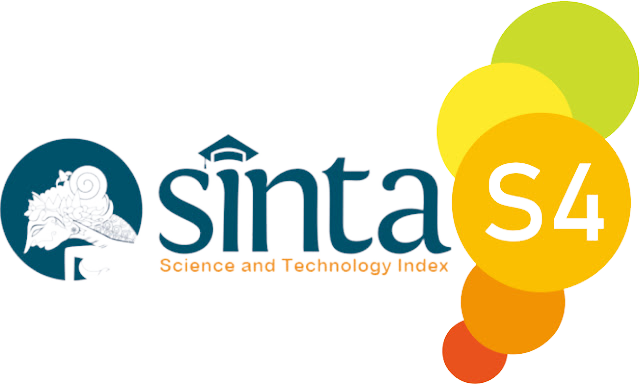PEMBERDAYAAN EKONOMI UMAT: “PEMANFAATAN LINGKUNGAN DISEKITAR RUMAH UNTUK BUDIDAYA BAYAM BRAZIL DI ERA PANDEMI”
DOI:
https://doi.org/10.21460/servirisma.2022.21.10Keywords:
Cultivation, Spinach, Brazil, PandemicAbstract
Brazilian spinach is a type of spinach that has not been widely consumed and cultivated by the Indonesian people even though it has excellent health benefits and is easy to cultivate. This Brazilian spinach cultivation training aims to empower the community during the pandemic by utilizing the land around the house or planting it in pots. The training participants were members of the GKI and GKJ churches from DIY and Central Java as well as some from Eastern Indonesia. Training participants are limited to 20 people with strict health protocols. The training materials are in the form of providing theory and direct practice in preparing seeds, media and planting as well as education about the benefits of brazil spinach for health. The results of this training were in the form of polybags containing spinach seeds that the participants had successfully harvested to take home and cultivate in their respective homes. Assistance for the Brazilian spinach cultivation process is carried out online through the WhatsApp group social media.
References
Anonim (2021). 4 Cara memanfaatkan lahan sempit kota untuk berkebun paling efektif. Dinas Lingkungan Hidup Kota Semarang, [Online]. Available: https://dlh.semarangkota.go.id. [Diakses 25 Juli 2021].
Ellya, H., Nurlaila, N., Sari, N. N., Apriani, R. R., Mulyawan, R., Purba, F., & Fithria, S. (2021). Pendampingan introduksi bayam brazil sebagai sayur pekarangan di Kota Banjarbaru. LOGISTA - Jurnal Ilmiah Pengabdian Kepada Masyarakat, 5(1), 253. https://doi.org/10.25077/logista.5.1.253-258.2021
Gustia, H. (2013). Media tanam terhadap pertumbuhan dan produksi tanaman sawi. E-Journal WIDYA Kesehatan Dan Lingkungan, 1(1), 12–17.
Haris, M. (2021). Bayam brazil (Brazilian Spinach). Balai Besar pelatihan Pertanian BPPP Ketindan. [Online]. Available: https://bbppketindan.bppsdmp.pertanian.go.id/. [Diakses 25 Juli 2021].
Heryadi, D.R., Alexandfri, M.B., Sari, D.S. (2021). Membangun kemandirian pangan dari rumah. Sawala: Jurnal pengabdian Masyarakat Pembangunan Sosial, Desa dan Masyarakat, 2(1),19-27
Irwan, S. N. R., & Sarwadi, A. (2015). Lanskap pekarangan produktif di permukiman perkotaan dalam mewujudkan lingkungan binaan berkelanjutan. Seminar Nasional Sains dan Teknologi, 1(November), 1–11.
Irwan, S. N. R., & Sarwadi, A. (2016). Pemanfaatan ruang terbatas sekitar rumah di permukiman perkotaan melalui pengembangan lanskap produktif. Seminar Nasional Sains dan Teknologi 2016, November, 1–8.
Wulandari, N.K., Kaca, A., Kaca, I.N., Ketut, N.K.E. (2021). Pengaruh pemberian pupuk kotoran sapi dan kambing dengan dosis berbeda terhadap kualitas rumput setaria (Setaria sphacelata). http://ejournal.warmadewa.ac.id/index.php/gema-agro. 26(April), 72–77.
Mufti, Lidar, S., Nurwati, N. (2021). IbM ibu ibu PKK RW 05 di Kelurahan Rumbai Bukit Kecamatan Rumbai Kota Pekanbaru. Bhakti Nagori (Jurnal Pengabdian kepada Masyarakat) 1(2),6-12
Mungkasa, O. (2020). Bekerja dari rumah (working from home/wfh): menuju tatanan baru era pandemi covid 19. Jurnal Perencanaan Pembangunan: The Indonesian Journal of Development Planning, 4(2), 126–150. https://doi.org/10.36574/jpp.v4i2.119.
Novitasari, D., & Caroline, J. (2021). Kajian efektivitas pupuk dari berbagai kotoran sapi, kambing dan ayam. Seminar Teknologi Perencanaan, Perancangan, Lingkungan, Dan Infrastruktur II, 1, 442–447. https://ejurnal.itats.ac.id/stepplan/article/view/1606.
Tri Pamungkas, S. S., & Pamungkas, E. (2019). Pemanfaatan limbah kotoran kambing sebagai tambahan pupuk organik pada pertumbuhan bibit kelapa sawit (Elaeis guineensis Jacq.) di pre-nursery. Mediagro, 15(01), 66–76. https://doi.org/10.31942/md.v15i01.3071.
Yuliato (2020). Kaya gizi, budidaya bayam brazil patut dilirik. Tabloid Sinar Tani, 09 Nov 2020, [Online]. Available: https://tabloidsinartani.com. [Diakses 25 Juli 2021].
Downloads
Published
How to Cite
Issue
Section
License
Copyright (c) 2022 Tri Yahya Budiarso, Charis Amarantini, Guruh Prihatmo

This work is licensed under a Creative Commons Attribution-NonCommercial-NoDerivatives 4.0 International License.
Authors who publish articles in SERVIRISMA agree on the following rules:
1. The author grants non exclusive royalty free rights, and is willing to publish articles online and complete (full access). With such rights SERVIRISMA reserves the right to save, transfers, manages in various forms, maintains and publishes articles while keeping the author's name as the copyright owner.
2. Each author contained in the article has contributed fully to the substance and intellectual, and is accountable to the public. If in the future there is a copyright infringement notification then this will be responsibility of the author, not SERVIRISMA .









